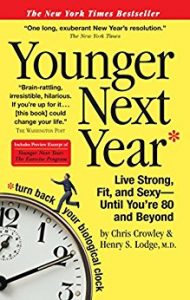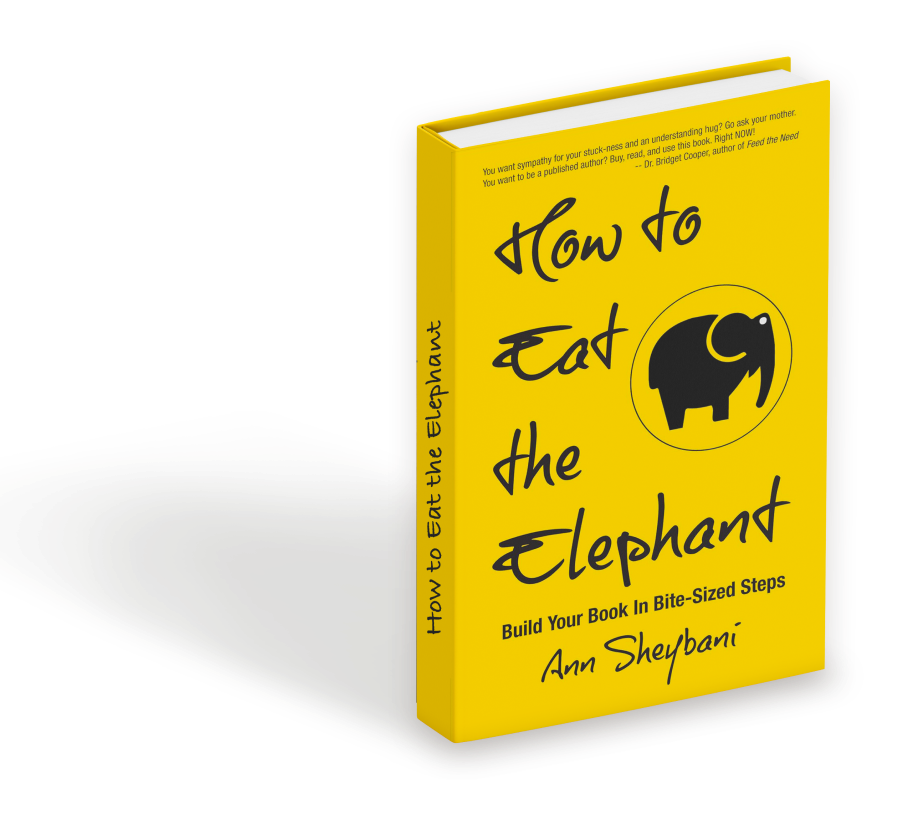Walt and I are up in New Hampshire getting certified in Wilderness First Responder Medicine, WFR, for short. That way if one of us breaks a leg or develops a pneumothorax (note: this is me showing off) when we’re off the grid, we’ll have a reasonable chance of surviving. Basically, we wanted to up our game. Which got me thinking I should share this post, one I wrote eons ago.
The other day, a fellow at the gym showed me a photo. Circa 1967, a young man in fatigues posed before a large, stone Buddha. “That’s me in Japan,” he said, pointing at his yellowed image. “R&R during the war. Man, that trip was something else.” He sighed wistfully, his eyes trailing off over the leg press and the bicep curl. “Tried to find the one with me shaking hands with Yogi Berra. Gotta be in a drawer. Tell you, they don’t make ‘em like that anymore. Half the ballplayers these days can’t even speak the language.”
I looked at Walt, who’d overheard the soliloquy. He looked at me. And we both agreed that it was sad: this man, who had already dropped dead once—a massive heart attack while lifting weights followed by, as luck would have it, a timely revival by some EMT’s— wanted everyone to know what his life had been about before the pull-down-bar took him out again. It wasn’t sad that he was afraid of dying. It was sad that he’d stopped living 43 years before.
I’ve met lots of folks who get stuck in the past. The middle-aged fellow I sometimes rode bikes with, who bragged for hours on end about his high school football days. Fifty pounds overweight, balding and out of breath, in his mind’s eye he was still King of the Prom.
I think about him each time Walt tells someone that I’m a marathoner. Nine years in the past, I’m sorry, but I must demur.
Then there’s that friend, divorced a dozen years, who told everyone she met about her gruesome ordeal— the fights, the abuse, how it caused her arthritis—as if it had happened just the day before.
It’s not that I don’t get it. For years I took pride in being totally unique. In high school, I took the bus into Hartford to tutor Vietnamese refugees. I learned their language, embedded myself in their community, and, for fifteen minutes, married the bass player in our traveling band. So invested was I in this notion that I was interesting, I had a hard time letting go once the phase had ended. I sprinkled Vietnamese words in my everyday language. I cooked their meals—laden with pork—for my new Muslim boyfriend. Because to let my accomplishments go meant I had to start over from scratch.
When I married the Iranian and moved to his country, my friends thought of me as a real risk taker, which I equated with being interesting. The times I came home for an extended visit, I offered up stories like I was Amelia Earhart.
I dropped the fact that I lived in Iran wherever I went. To the hairdresser’s, the doctor’s, even the local car wash. After I moved home for good, I spoke of little else. Five years later, the tale sounded worn. But, what with living in a condo complex with my mom and small kids, I felt it was all the glamour that I would ever have.
Back from the gym, I pulled out a book: Younger Next Year, by Chris Crowley & Henry S. Lodge. I read it the year before Walt and I married. A friend we’d climbed Kilimanjaro with presented it as a gift because it had really inspired him. The book jacket reads:
“Younger Next Year is about how men can turn back their biological clocks. How they can become functionally younger every year for years to come, and continue to live with vitality and grace into their eighties and beyond.”
Written with a male audience in mind, I’d really liked the book, particularly the male-isms, because it claimed growing old, the way we do in America—falling apart, disintegrating in our chairs— was neither necessary nor normal. That there was another choice. And I agreed with, in theory, their set of simple rules:
Exercise 6 days a week for the rest of your life.
Do serious aerobic exercise 4 days a week for the rest of your life.
Do serious strength training, with weights, two days a week for the rest of your life.
Spend less than you make.
Quit eating crap!
Care.
Commit and connect.
Even before I finished reading that first go round, I found myself committing to weight training. I loved aerobics, running had changed my life, but I’d been sidestepping the barbells.
I didn’t like pain. Or big, hairy guys in droopy-armed tank tops. But what they said on the topic seemed cut and dry.
“Lifting heavy weights every couple of days basically stops bone loss…stops (or offsets) the muscle loss…stops the weakening of the tendons, restrings the goopy pads and gets rid of the pain. Aerobic exercise does more to stop actual death, but strength training can make your life worthwhile.”
Walt—I know I’m prejudiced here, but what the hell—who has always looked hot in his clothes, stepped up his game. He changed out his eyeglasses, bought a pair of black Keds. He hooked himself up with a leather jacket, and found jeans that really fit. Our kids, warm humanitarians that they are, proclaimed him lame. All because he’d read the bit in the book about rumpled old men:
“At least consider the possibility of gingering yourself up a bit (there’s an expression you haven’t heard for a while)…gingering yourself up by trying something a little bit unfamiliar. A teeny bit modern… Go to a store you normally don’t go to…Get some strange shoes…Get more rather than less interested in how you look, and you may come out even.”
But what really hit home for the two of us was the constant need for growth. The need to spice things up. To demand more from ourselves. Not just once in a blue moon, but several times a year. Clothes, activities, our relationship, our view the world.
As athletes, we naturally gravitated to their notion of kedging:
“Sailing ships becalmed and threatened, sometimes had to resort to kedging to get out of trouble. The captain would have a light anchor (a kedge) loaded onto a longboat and rowed half a mile or so away. The longboat crew would set the anchor and everyone back on the boat would pull like demons on the line, literally hauling the ship to the anchor. Then they’d do it again, until they got where they wanted to go.”
So… kedging and climbing out of the ordinary, setting a desperate goal and working like crazy to get there. To save yourself.
We shared this idea with a running buddy who was going through a divorce. Bought him a copy of our new favorite book. “What we need is a really hairy goal,” I said, feeling my oats. “How about we run the Mount Washington road race ?” (Note to self: do not try this again.) We trained that summer, running hill and dale, accomplishing (kind of) in late August what we had haphazardly dared. Thrilled, our friend took the book to heart and—this, I’m sure is not what the authors had in mind— shaved off all of his hair.
Walt and I, instead, chose to climb mountains:Elbrus, then Denali, and Aconcagua.
In Ireland, where we go each year to celebrate our marriage, we developed a list of 100 goals to accomplish before we die. Sounds easy, but it’s really hard. Because the minute you stop caring. The minute you stop trying. It all goes to shit.
I don’t want to live in the past, like that guy at the gym. I don’t ever want to feel that the best years are behind me. That my glory days are over and I’m just a has-been. I want to reinvent myself over and over so I can keep myself young.
Next week, Walt and I are running a marathon. Frankly, it’s high time I owned that one again.
For more inspiration from the good folks at Younger Next Year, check out their website and their new book designed for women.


